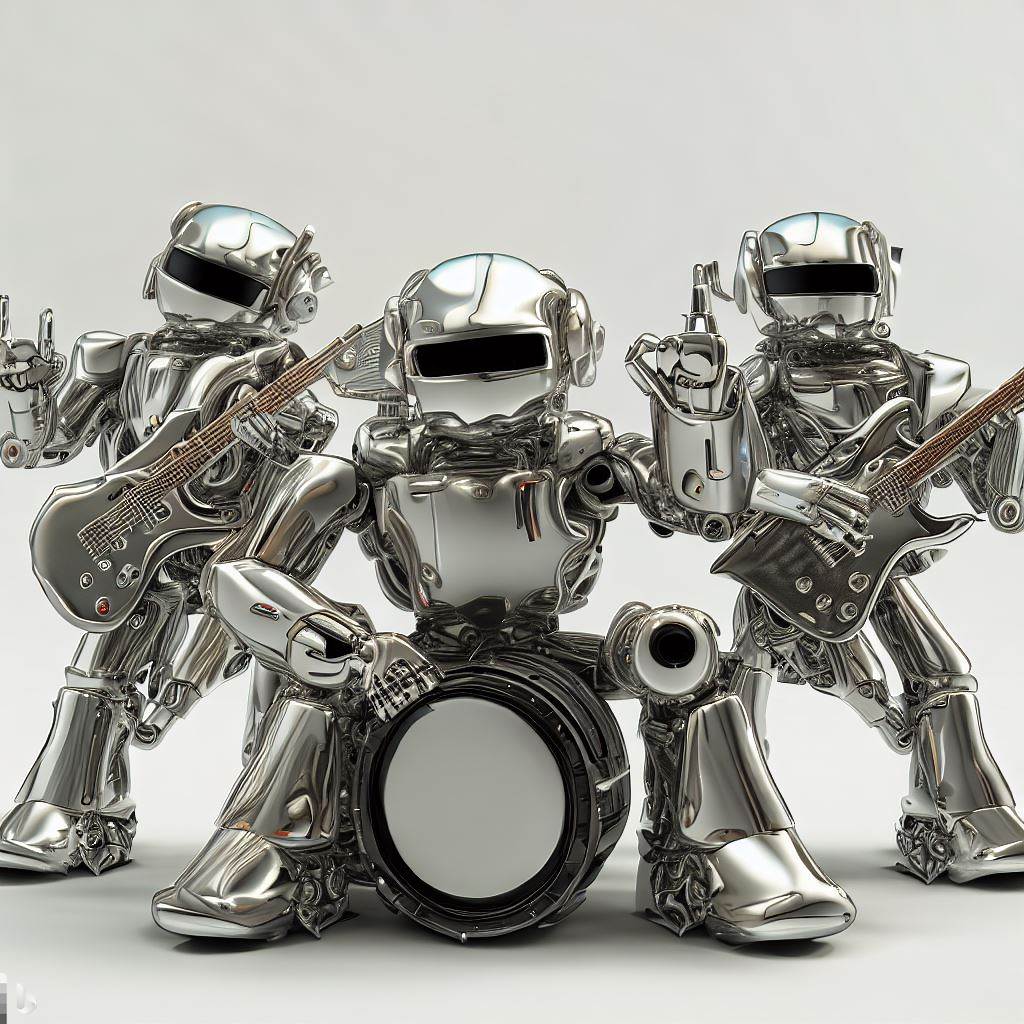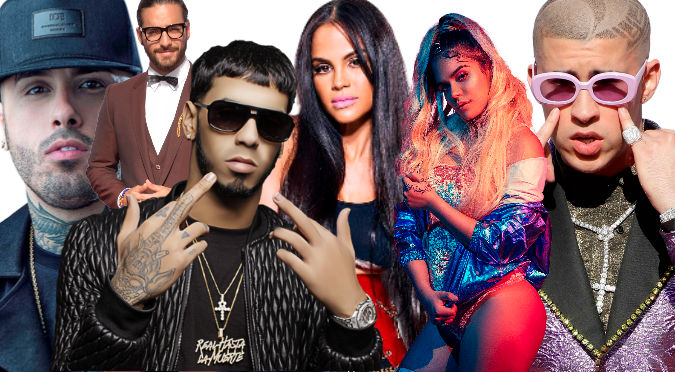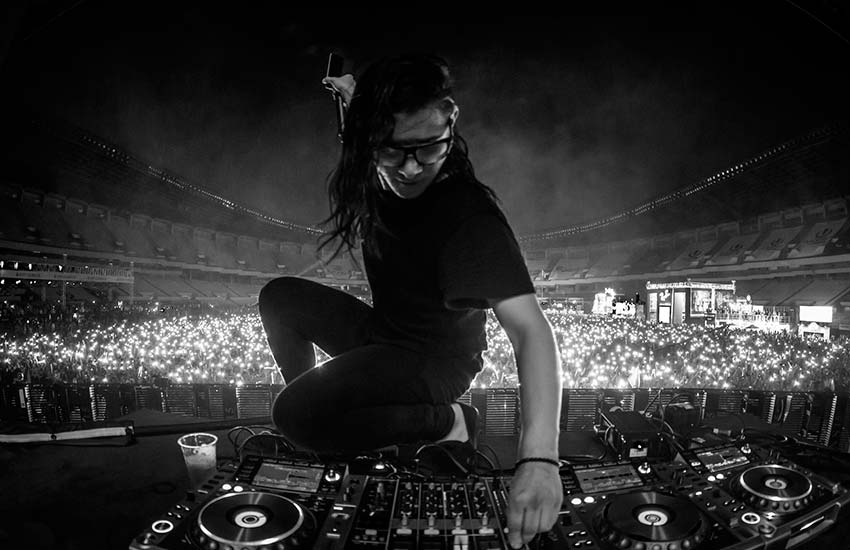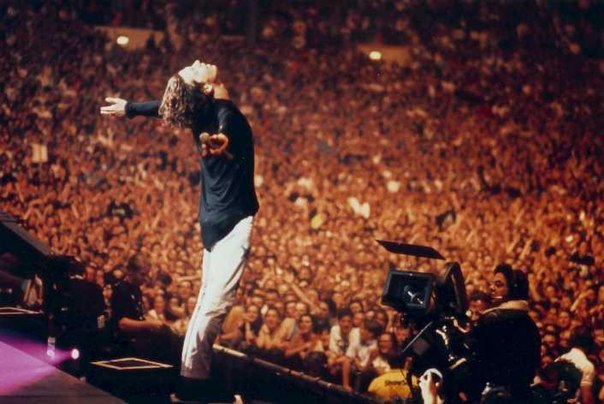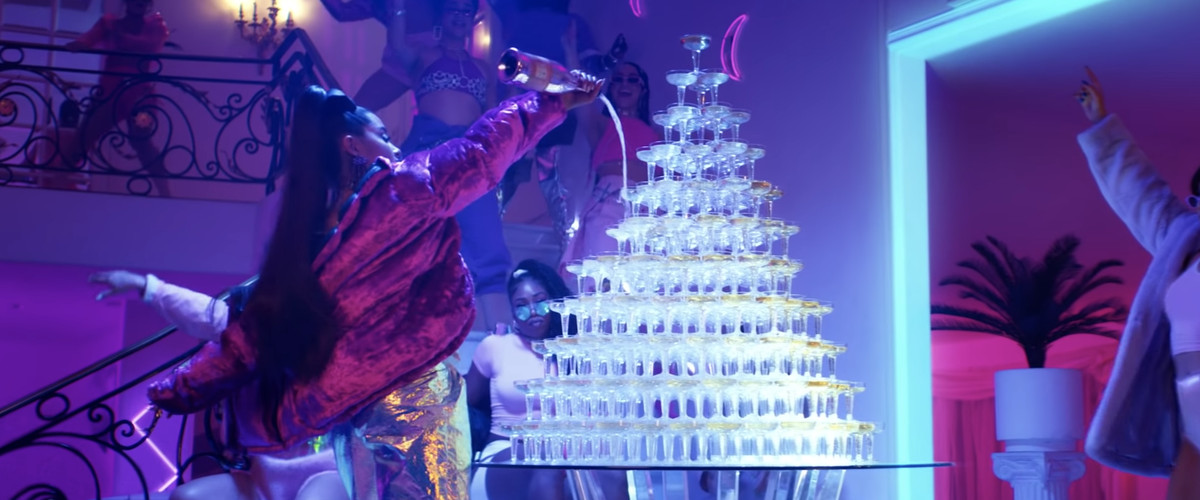In this blog I propose four examples of singers and artists who failed or were simply forgotten and disappeared from the scene (or did they?). Today I’m not going to beat around the bush: let’s get to it!
Sak Noel
Their first single, Loca people (whose lyric was headed by the mythical phrase “Johny, people are so crazy, WTF”) triumphed internationally and was at the top of the charts for a few weeks. The problem is not this track: this track was fresh, funny and quirky, and the concept was very well done. The problem is that after this hit it seems as if the artist wanted to stay on top with a second hit at the same time trying (maybe) to find his own style as a DJ/producer, but it got a bit out of hand.
He released his second hit called Paso, with which he did a full-blown “Pitbull” (those of you who have read the blog of The 10 most pathetic songs in history will understand). With this new work he plagiarised his own style and didn’t know how to renew himself as well as he could have if he had wanted to. The song was just as binary, maintaining that kind of Ska with a very marked counter-rhythm in the synthesis and this kind of recitation of lyrics by a singer (with the same timbre of voice as the Loca people song, by the way) instead of the tuneful singing. He probably tried to stay in the scene to start a great career like Avicii or similar (I imagine) and in fact this other song was also successful, but people are not stupid and it was noticeable that this second work was already boring.
Pointing out
This artist is in the very last position because he hasn’t really “gone to shit”: he’s out of the hits scene (although in fact he did some other great tracks afterwards), but he’s still DJing producing beats of all genres with a lot of success at his current level. I leave you on the one hand the second repetitive hit (the Loca people we all know it), and on the other hand a track he has done recently that is very interesting.
Sean Paul
This artist was the official singer of ft. and collabs: he only did joint work with established artists (he had his own tracks but most of them were not as popular as his collaborations). Every mainstream artist of a decade ago wanted his voice as a “signature” for their songs. He was something like a Pitbull but with a bit more style, more flow and a very personal vibe. The artists would put him on for a little while or leave a mini-section in the choruses with his flow to have that sort of “premium brand” in each work (it seemed like it was lucky to do songs with him, as if they had him as a lucky charm and if they didn’t hire him, no song would be a hit).
But at the end of the day, Sean Paul was hardly in the limelight. It was a very strange thing that happened with this artist. He was highly valued but his signature expired and the same hole that swallowed house music in the discotheques also swallowed him.
Sean Paul hasn’t gone to shit and can resurface whenever he feels like it. In fact, even today, in some tracks like Contra la pared (in collaboration with J Balvin) he still appears with his classic “un ratito de flow” parts. But even though it’s his own track, he has needed to collaborate with someone from the current scene to get back on top; if J Balvin wasn’t there, he wouldn’t have the millions of hits he has. And that’s because this artist has remained just that, a dancehall singer from the past with very good contacts in the industry.
El chaval de la peca
This artist triumphed thanks to an advertisement for Amena covering the song Libre by Nino Bravo. From then on, all his “hits” were adaptations; adaptations thanks to which he released entire albums. To Libre was added A ba ni bi, another song which was not originally his. Looking at his track list on Youtube I discovered that 80% of his best-known songs (even today) are covers: Dame veneno, Soy un truhan soy un señor, Tómbola… the problem is that his success was largely due to third parties.
Disappeared, but active
Today the singer is still touring with his own songs – this time in Catalan – outside his character as El chaval de la peca (he is now Marc Parrot) and is making his own music, which is something to be recognised. But, although he could have taken advantage of his media hype to redirect his career at the right time (after the Vodafone announcement or at most after A ba ni bi), he has ended up “going a bit to hell”, and rightly so. His concerts are forcibly intimate and his songs have little internet traffic. Nevertheless, his music today has much more truth than before. If he’d been “wised up” now he might be filling big events like other artists who became known partly thanks to publicity, such as Vampire Weekend or recently Anna of the North.
King África
This is undoubtedly the artist who has been the worst at renewing himself over time, although he probably had no such intentions at any time. King Africa (what an element): his pigeonholed style was from the very first moment the stuff of the era. The qualities of his voice (shouted declamation and frontman’s roll) were the basis for a very square style. And in the case of this artist, history will probably look back in 10 or 20 years’ time and remember him as a man who tried to sing in a tunic and a cape.
After the resounding success of Bomba King Africa released more songs, but they were all the same (Salta, Paquito el chocolatero… both were based on the same style of declamatory vocals over different bases made by some music producer of the time). It was then that his one-sided side began to show, and he ended up becoming a sort of cross between James Brown and a “burnt-out” Caribbean papa Noel who, rather than singing, acted as a stage frontman or entertainer, bringing the energy of the songs to the top of his voice. Nowadays (and surprisingly) he still appears in some songs accompanying other artists.
Turned into an emblem
It seems that in some works he has worked well as “old glory” (you can tell that nostalgia always sells). In the new songs in which he appears, he limits himself to his role/character of 20 years ago. And the mere fact that he has not matured his style towards a more serious side or directly towards other genres is in itself a sign of his lack of capacity or intention to evolve. This type of work brings out his only interest today: to appear in modern themes as a curious little character to be related to a specific time: the one in which every summer a song was chosen to be played non-stop in all the clubs.
That’s all for today. I leave here some other blogs similar to this one. Remember that you can buy rap, trap, dembow, pop, r&b, dembow, reggaeton… instrumentals! A la carte.

